The spoken letter and video I created was an opportunity for me to reflect on what I read in the Executive Summary of the Final Report of the National Inquiry into Missing and Murdered Indigenous Women and Girls. Reading the summary brought forth a challenging realization that Indigenous Women and Girls continue to be under-valued in Canada.
Developing the letter and video gave me an opportunity to connect the powers of art and social media to put some calls for justice into action. It also provided me time to process what I had read as when I finished the summary, I was left with a heavy heart. The purpose of my letter is to encourage other Canadian’s to read the summary and understand the injustices against Indigenous women and girls.
While my letter concentrates on some of the recommendations in the summary, it is important for Canadians to read the summary themselves. By doing so, we create space for Indigenous peoples to re-write colonial narratives, bringing us all closer to reconciliation.
The focus of my letter is to show Canadians the calls for justice can be answered through how we live our everyday lives. Part of those everyday efforts is for Canadians to educate themselves on how to support Indigenous peoples to promote their resurgence and improve the well-being of their peoples. Increasing our knowledge includes listening to the challenging stories, and understand the truths shared of the realities Indigenous women and girls face regularly. Growing up, my parents encouraged me to challenge myself to always be learning. Still to this day, I push myself to gather knowledge which is why I wanted to center my letter around education. Learning goes beyond looking at histories, but also learning how to have cultural humility. Many of the circumstances that Indigenous women and girls face are the consequences of the removal of culture, lack of appropriate healing practices and other negative results from colonization.
The photos and music in the video are symbols of my experience reading the summary and writing this letter. My partner created an original piece of music that is playing in the background. As a musician, he played an awareness-raising concert for missing and murdered Indigenous women and girls, with the proceeds going to fund culturally sensitive women’s programs. Because of his previous commitment to this cause, it felt appropriate to have him be a part of my spoken word letter.
Art has been identified within Indigenous cultures as a form of healing, so I wanted to include local initiatives of using art to moves towards reconciliation. I filmed a new art display called “Earth Drums” designed by a Coast Salish artist, Carey Newman. Newman said concept his art was to change people’s relationships with the earth and to present traditional Indigenous symbols, a wolf, a raven, and a frog. Anyone walking in the park can play the drums with their hands, and for me, this reminded me of ideas and recommendations presented in the inquiry. Those recommendations being collective activism, understanding Indigenous traditions, practicing and promoting cultural humility and the importance of cultural resurgence for the well-being of Indigenous peoples.
I included a video of Beacon Hill, which is an area I frequent often. It also happens to be an area with significant historical meaning to Indigenous peoples in surrounding communities. When I was younger, my family took drives along weekly drives along Dallas Road and it has turned into a place I go to when I need a break. After reading the summary, walking along Dallas Road and going to Beacon Hill was part of my own healing. I wanted to include the totem pole because I have vivid memories of my father sharing with me the significance of totem poles, their meaning, and their importance. These conversations are some of the earliest memories I have of learning about Indigenous peoples through the efforts of my parents. They raised us to value and respect other cultures, especially ones that existed in the land before we did.
I hope by reading this and watching my spoken letter, it has encouraged you to read the summary yourself and find ways to put the calls for justice into action in your own way.
For those who shared their stories to make the report possible, it takes a lot of courage to do what you did. Your efforts have not gone unnoticed.
Thank you for taking the time to listen and watch my spoken-word letter.
More information about the Earth Drums can be found at:
Murray, N. (2019, June 14). Coast Salish artists creates huge drums to sooth the Earth. Retrieved from: https://www.vicnews.com/news/coast-salish-artist-creates-huge-drums-to-soothe-the-earth/
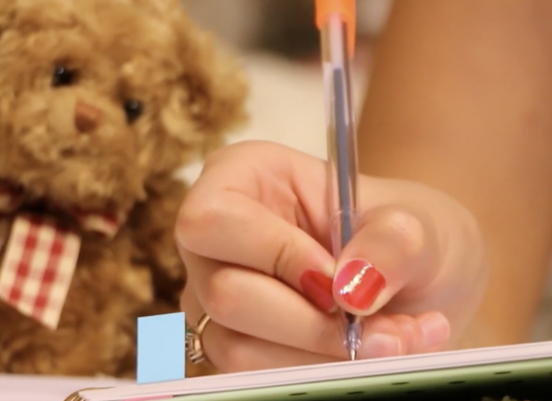
November 23, 2019
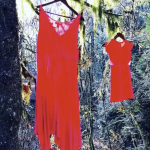
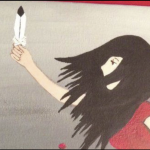
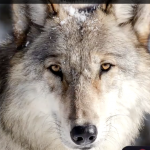
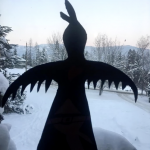
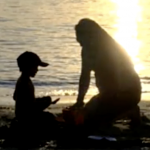
Comments by Finn